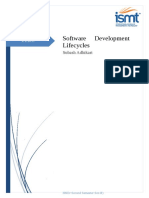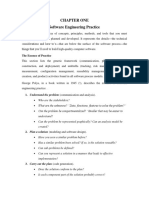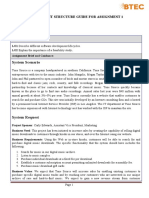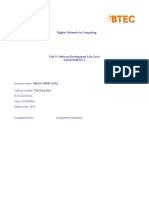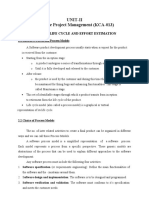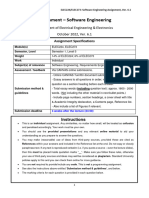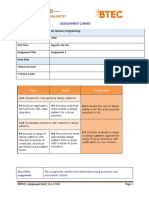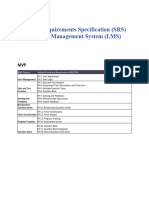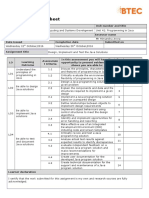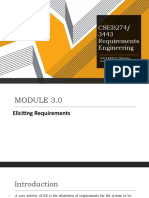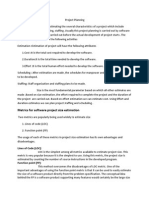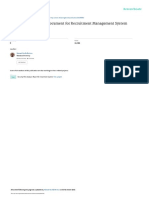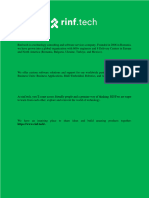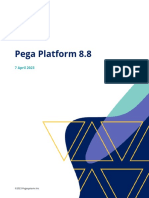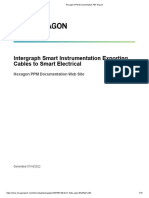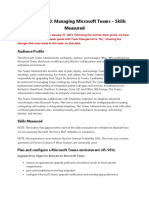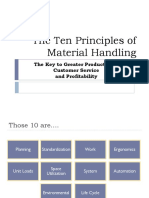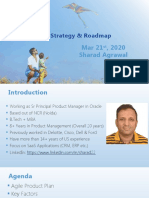100% found this document useful (1 vote)
346 views19 pagesSDLC Assignment 1
The document describes a software development lifecycle assignment submitted by a student. It includes:
- An overview of different software development lifecycle models including the Waterfall, V-Model, Spiral Model, and DSDM model.
- Details on how risk is managed in software development through risk assessment, reports, and successful risk management programs.
- The importance of feasibility studies in software development lifecycles and how technical solutions can be compared.
The document provides details on the assignment submitted including the program title, unit name, assignment name, submission date, and word count. It also includes internal verification and summative feedback sections.
Uploaded by
Duy LươngCopyright
© © All Rights Reserved
We take content rights seriously. If you suspect this is your content, claim it here.
Available Formats
Download as PDF, TXT or read online on Scribd
100% found this document useful (1 vote)
346 views19 pagesSDLC Assignment 1
The document describes a software development lifecycle assignment submitted by a student. It includes:
- An overview of different software development lifecycle models including the Waterfall, V-Model, Spiral Model, and DSDM model.
- Details on how risk is managed in software development through risk assessment, reports, and successful risk management programs.
- The importance of feasibility studies in software development lifecycles and how technical solutions can be compared.
The document provides details on the assignment submitted including the program title, unit name, assignment name, submission date, and word count. It also includes internal verification and summative feedback sections.
Uploaded by
Duy LươngCopyright
© © All Rights Reserved
We take content rights seriously. If you suspect this is your content, claim it here.
Available Formats
Download as PDF, TXT or read online on Scribd
/ 19


